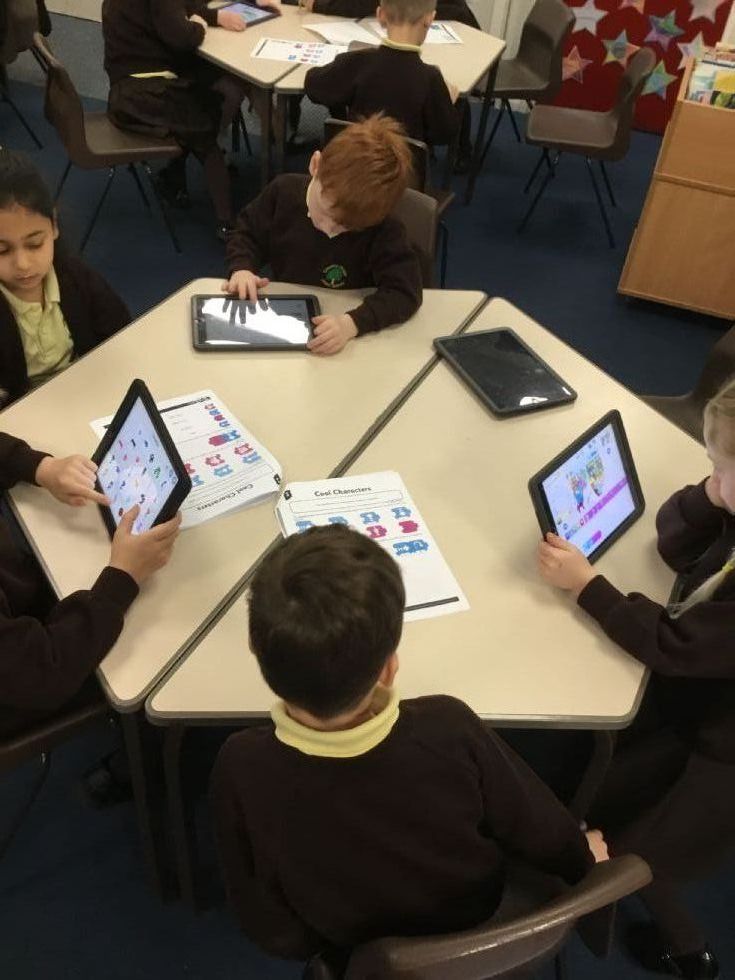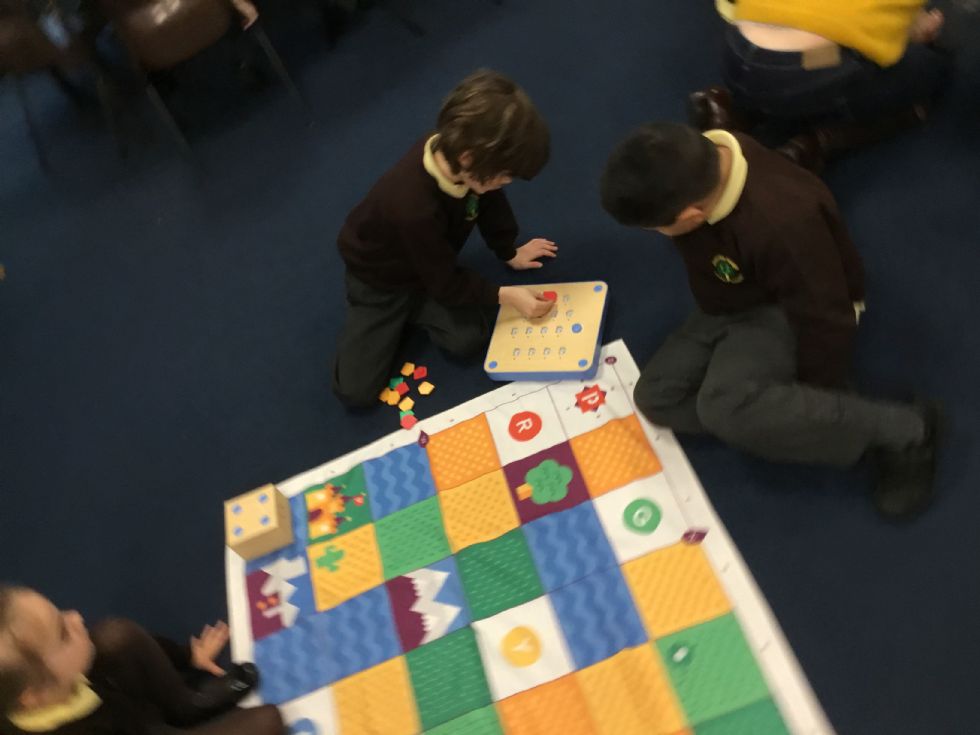Computing
"Our computers have become windows through which we can gaze upon a world that is virtually without horizons or boundaries." Joseph B. Wirthlin
Intent
At Crawley Ridge we recognise that the world of technology is fast changing. Education needs to progress in order that children move forward with the skills and knowledge necessary to later be active participants in a digital world. Computing puts a greater demand on children to not only use and manipulate existing programs and software, known as ‘Digital Literacy’, but also to program and develop their own games and systems that allow children to understand the beginnings of Computer Science.
By the time pupils leave our school at the end of KS1 we aim for them to be able to express themselves and develop their ideas through a wide variety of ICT and be an active participant in an increasingly digital world. It is our intention for them to be able to understand how digital systems work by creating and problem solving their own programs using algorithms on a range of applications. We aspire for them to be confident in using IT to create, save and retrieve data that they have represented in different formats demonstrating their understanding of Computer Science.
The National Curriculum states that pupils in KS1 should be taught about:
- understand what algorithms are, how they are implemented as programs on digital devices, and that programs execute by following precise and unambiguous instructions
- create and debug simple programs
- use logical reasoning to predict the behaviour of simple programs
- use technology purposefully to create, organise, store, manipulate and retrieve digital content
- recognise common uses of information technology beyond school
- use technology safely and respectfully, keeping personal information private; identify where to go for help and support when they have concerns about content or contact on the internet or other online technologies
(please see the Online Safety Guidance page of our website for more information on how you can support at home)
Implementation
Please find attached to the bottom of this webpage a progression grid outlining how Computing is implemented throughout our school, including EYFS.
Impact
The broad range of activities, applications and resources that the children interact and engage with during Computing lessons enables the children at our school to become more be digitally literate and able to join the rest of the world on its digital platform. They will be equipped, not only with the skills and knowledge to use technology effectively and for their own benefit, but more importantly – safely.
Children enjoy their Computing lessons especially where the use of technology is involved. They are keen to learn about new applications and ways of representing their ideas. They become increasingly more confident in using the laptop's keyboard and touchpads to create, manipulate and save their work and produce some very skilled and detailed creations. However, not every Computing lesson involves the use of technology. There are some lessons where children need to understand the language or theory behind certain applications before they can proceed in using them, not only for their safety but also their understanding of how they work.



